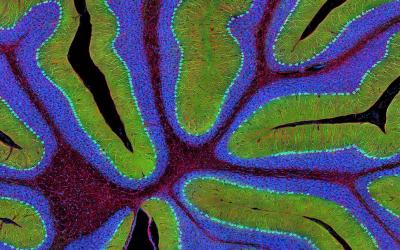
Research
Our research focuses on mechanisms of recovery after neurological trauma, using both bench-science and translational computational approaches.
Injuries to the brain and spinal cord invoke numerous, interacting biological processes that work in concert to determine recovery success. Some of these biological processes have contradictory effects at different phases of recovery. For example, mechanisms of synaptic regulation can contribute to cell death in the early phases of recovery but may promote plasticity and restoration of function at later stages. Understanding the mechanisms of recovery in the complex microenvironment of the injured central nervous system (CNS) requires large-scale integration of biological information and functional outcomes (i.e., data science). Our work uses a combination of laboratory studies and statistical modeling approaches to provide an information-rich picture of the syndrome produced by trauma in translational in vivo models. The long term goal of this research is to provide system-level therapeutic targets for enhancing recovery of function after brain and spinal injury.
Ongoing Research:
Computational Syndromic Discovery: Development of aggregate databases of basic spinal cord injury and traumatic brain injury research data from multiple research centers to enable sophisticated knowledge-discovery, data-sharing, and multivariate quantification of the complete constellation of changes produced by neurotrauma.
Bench science: Inflammatory modulation of glutamate-receptor metaplasticity and its role in spinal cord learning and recovery of function after neurotrauma. Techniques: biochemistry (quantitative western, qRT-PCR, ELISA), histology (immunohistochemistry, in situ hybridization), quantitative image analysis (robotic microscopy, confocal, deconvolution, image math) and behavioral analysis (locomotor scaling, fine-motor control, learning and memory).
Primary Thematic Area: Neurobiology
Secondary Thematic Area: Immunology
Research Summary: CNS Plasticity, Data Science, and Recovery from Injury

